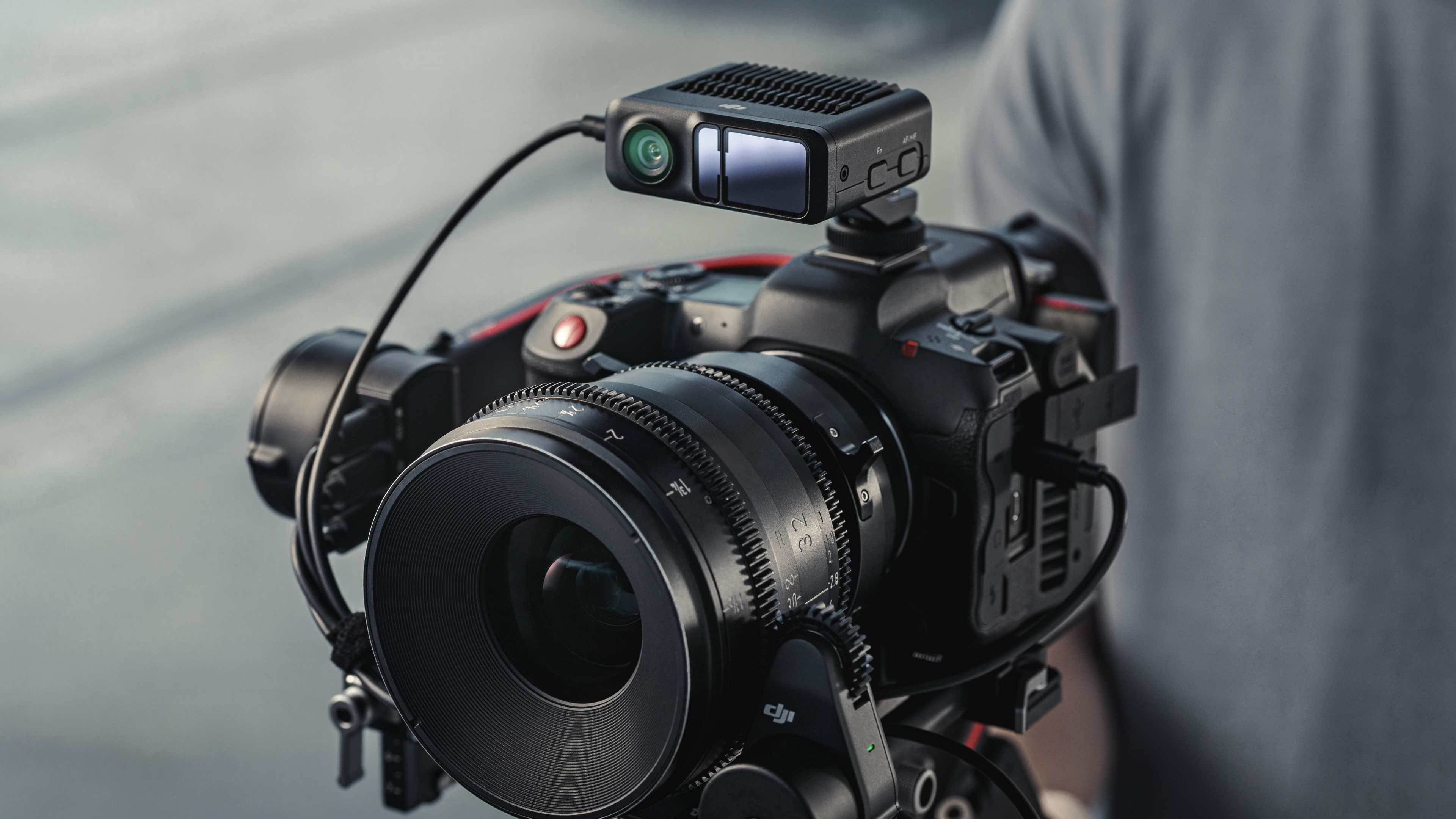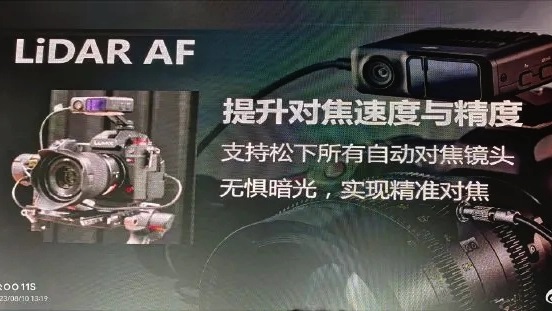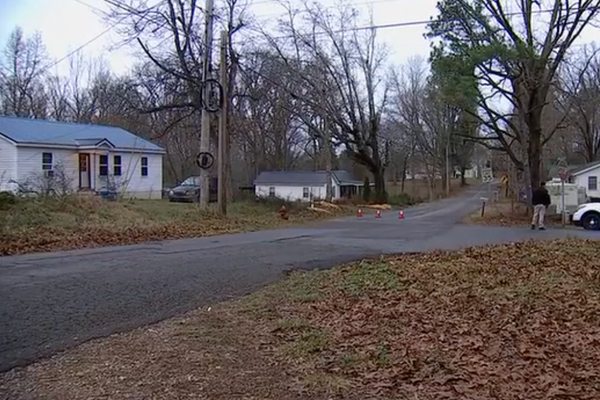
DJI joined the ever-expanding L-mount Alliance in 2022, and how that would benefit the group of manufacturers as a whole has now come to light: DJI has announced new LiDAR autofocus support for the Panasonic S-series cameras.
Coming to bodies such as the newly launched Panasonic Lumix S5 II and Panasonic Lumix S5 IIX, in theory this new LiDAR AF system should allow for critical focusing even in low-light, while operating the cameras on a gimbal with either standard optics or cine lenses.

Announced at the Photo & Imaging Shanghai show that is currently taking place in China (as reported by Asobinet), not a lot is yet known about how this system will be implemented in the future.
We can, however, go on the fact that the DJI Ronin 4D cinema camera used the very same (or near to it) LiDAR system to obtain autofocus via electronic communication, as opposed to moving an attached wireless follow focus like other systems. So this will certainly be an interesting development for DJI and a benefit to Panasonic users.

What is LiDAR?
LiDAR is short for Light Detection And Ranging, which employs laser technology to find focus. By emitting laser beams and gauging the time it takes for them to return to the source, LiDAR determines distances and object depths using the principle of time of flight and then adjusts your focus in real-time.
You might be familiar with Time of Flight (ToF) sensors, as they are found in various phones and tech devices such as drones, so what sets LiDAR apart from these? In essence, the underlying technology diverges; while LiDAR employs lasers to construct a detailed 3D point to obtain focus, many other ToF sensors rely on light detection to generate a simpler depth map – hence why they are seen on drones.
Seeing this technology leap from phones and drones to traditional consumer cameras could be an exciting glimpse into the future of AF development on mirrorless systems…
You might also be interested in the best Panasonic cameras, along with the best L Mount lenses, as well as the best DJI drones.







